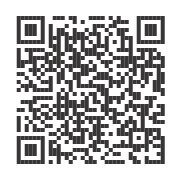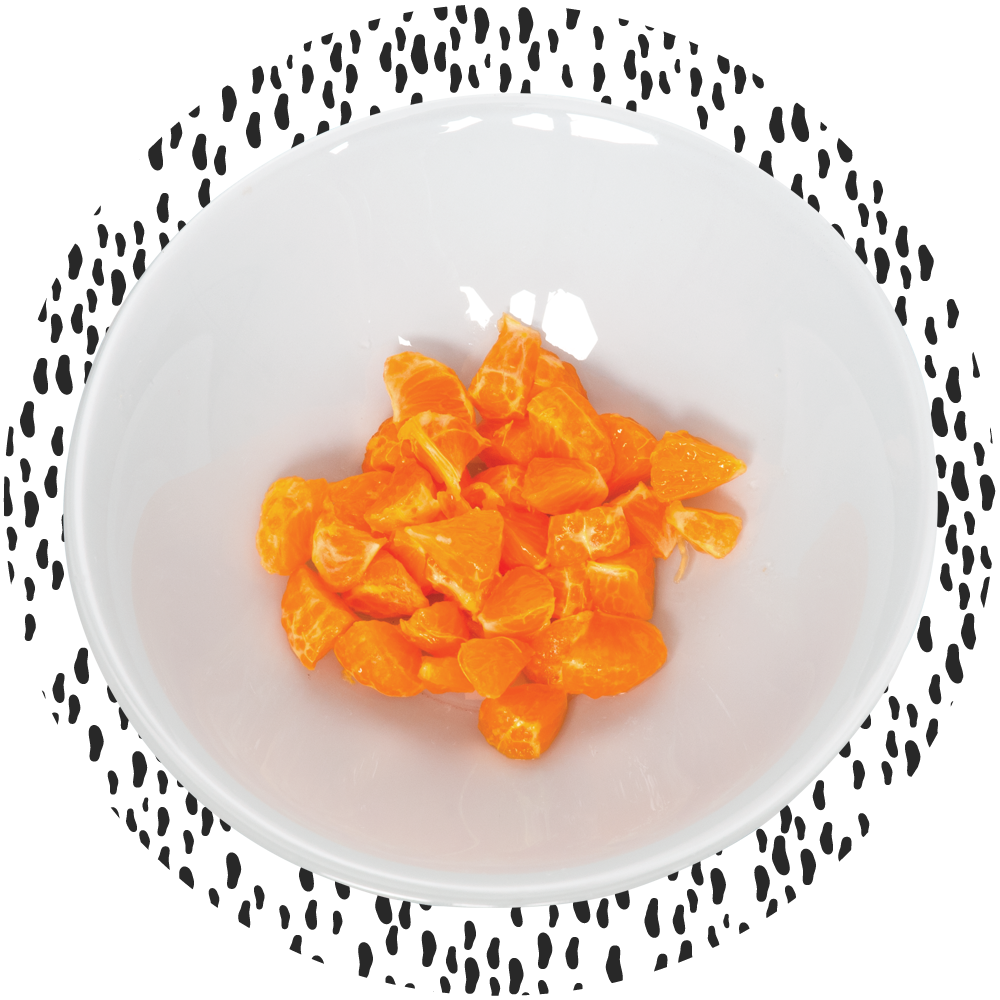Keeping your child from choking
- Home
- Infants
- Feeding & Nutrition
- Keeping your child from choking


Your child is still learning to chew and swallow, so she needs help to keep from choking. A too-big piece of food could slip down her throat and stop at the end of her windpipe. Then when she breathes in, the food could get sucked into her windpipe and keep her from breathing.
Gagging and choking are not the same. Your child gags when food gets on the back of her tongue before she is ready to swallow it. When she gags, she pushes the food back out again. If she can breathe, she is gagging, not choking.

© Ellyn Satter
Install this web app on your iPhone: tap ![]() and then Add to Home Screen.
and then Add to Home Screen.
Side-Lying Hold
This hold is useful when:
Cross-Cradle Hold
This hold is useful when:
Clutch or “Football” Hold
This hold is useful when:
Cradle Hold
This hold is useful when:
Laid-Back Hold
This hold is useful when: